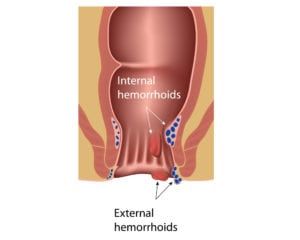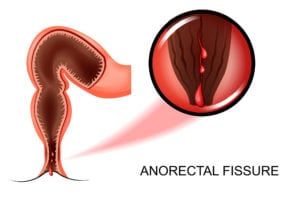An anal abscess is an extremely painful and potentially dangerous infection around the anus, typically of small anal glands. In addition to being extremely painful, these abscesses can spread infection to surrounding tissues and even in the bloodstream. Prompt treatment of anal abscesses is the best way to ensure you have a full recovery.
Did you know?
It’s estimated that 50% of people with anal abscesses develop fistulas, which are small tunnels that make an abnormal and unhealthy connection between the skin and fistula.
Frequently Asked Questions
How do anal abscesses develop?
Anal abscesses can develop through a variety of methods. One of the most common is through the infection of an anal fissure – a small tear in the anal canal. Anal abscesses also develop through sexually transmitted diseases and through blocked anal glands.
Diseases like diabetes, colitis, and diverticulitis are also strongly linked to the development of anal abscesses.
The most common anal abscess is one that is located perianally. It’s most commonly seen as a boil near the anus that’s red, inflamed, and extremely painful.
What are the symptoms of anal abscesses?
Surface level or superficial abscesses are most commonly associated with throbbing pain that gets progressively worse, along with skin irritation around the anus and a discharge of pus. You may also experience constipation or a general aversion to having a bowel movement because of the pain.
If an abscess spreads you may experience a fever, chills, and an overall feeling of malaise. Oftentimes a fever is the sole symptom of a deeper infection.
What is the treatment for anal abscesses?
The most common treatment for anal abscesses is surgical cleaning and removal, along with antibiotics. This is not a condition you can treat yourself and must be addressed by a physician with experience treating anal abscesses.







